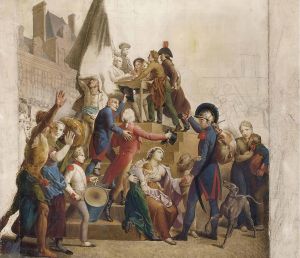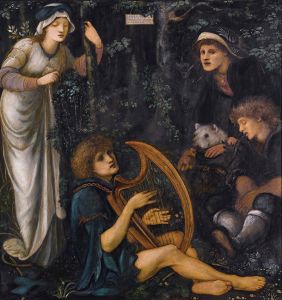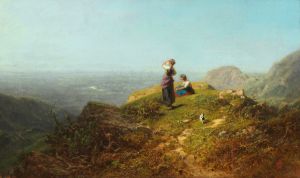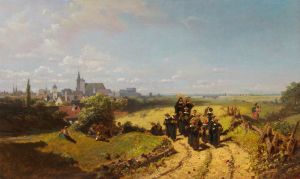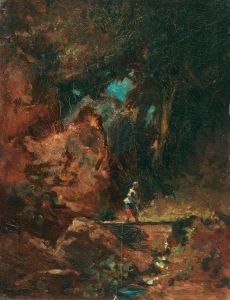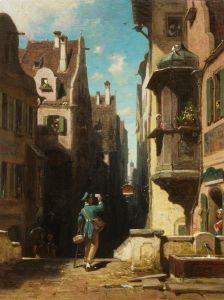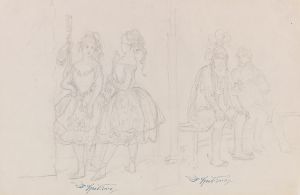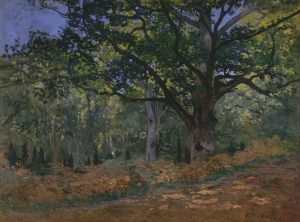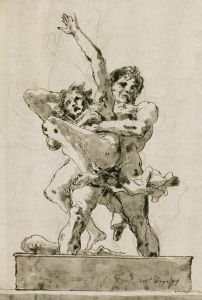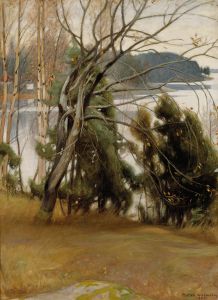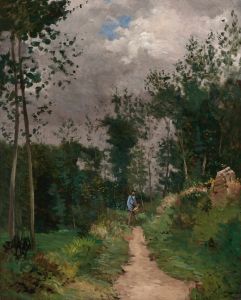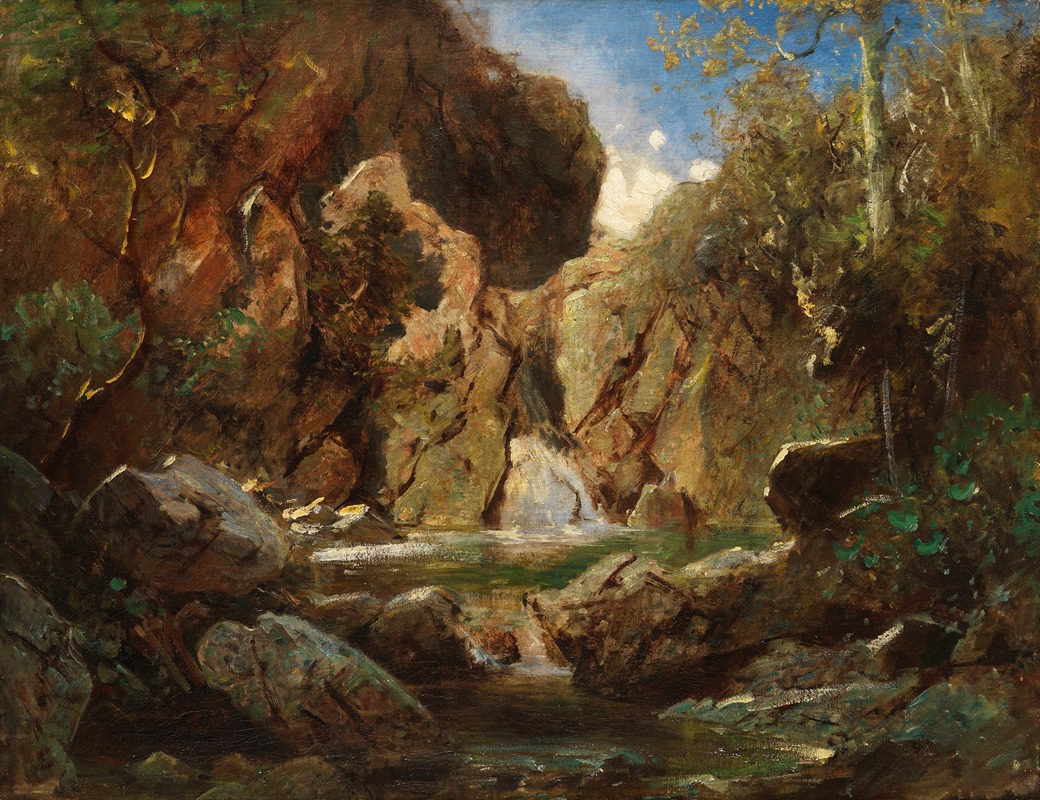
Felsenkessel mit Wildwasser
A hand-painted replica of Carl Spitzweg’s masterpiece Felsenkessel mit Wildwasser, meticulously crafted by professional artists to capture the true essence of the original. Each piece is created with museum-quality canvas and rare mineral pigments, carefully painted by experienced artists with delicate brushstrokes and rich, layered colors to perfectly recreate the texture of the original artwork. Unlike machine-printed reproductions, this hand-painted version brings the painting to life, infused with the artist’s emotions and skill in every stroke. Whether for personal collection or home decoration, it instantly elevates the artistic atmosphere of any space.
Carl Spitzweg was a German Romanticist painter known for his detailed and often humorous depictions of everyday life. However, there is no widely recognized painting titled "Felsenkessel mit Wildwasser" attributed to Carl Spitzweg. It is possible that the title might refer to a lesser-known work, a misattribution, or a different artist altogether. Spitzweg's oeuvre primarily includes genre scenes, often characterized by their charming and whimsical nature, focusing on the lives of the bourgeoisie and the eccentricities of small-town life.
Spitzweg was born on February 5, 1808, in Unterpfaffenhofen, Bavaria, and initially pursued a career in pharmacy before turning to painting. He was largely self-taught, drawing inspiration from the works of other Romantic artists and the Biedermeier style, which emphasized the depiction of domesticity and the middle class. His paintings are celebrated for their narrative quality and attention to detail, often infused with a sense of humor and irony.
One of Spitzweg's most famous works is "The Poor Poet" (Der arme Poet), which exemplifies his style and thematic focus. This painting, like many others by Spitzweg, captures a moment of everyday life with a touch of satire. It portrays a poet living in humble conditions, surrounded by the clutter of his modest existence, yet absorbed in his literary pursuits. This work, along with others like "The Bookworm" and "The Butterfly Hunter," showcases Spitzweg's ability to blend realism with a gentle, often humorous critique of society.
Spitzweg's paintings often feature solitary figures engaged in various activities, set against the backdrop of quaint interiors or idyllic landscapes. His use of light and shadow, along with meticulous attention to detail, creates a sense of intimacy and immediacy, drawing viewers into the world he depicts. Despite the apparent simplicity of his subjects, Spitzweg's works often contain layers of meaning, reflecting the complexities of human nature and the social dynamics of his time.
Throughout his career, Spitzweg remained relatively independent, not aligning himself with any particular artistic movement or school. He exhibited his works in various exhibitions, gaining recognition and appreciation for his unique style and perspective. Today, his paintings are held in numerous collections, including the Neue Pinakothek in Munich, which houses several of his most significant works.
In summary, while Carl Spitzweg is a well-documented and celebrated artist, there is no verifiable information available regarding a painting titled "Felsenkessel mit Wildwasser" by him. His legacy, however, is firmly established through his contributions to the Romantic and Biedermeier art movements, with a body of work that continues to be admired for its charm, wit, and insight into 19th-century life.





